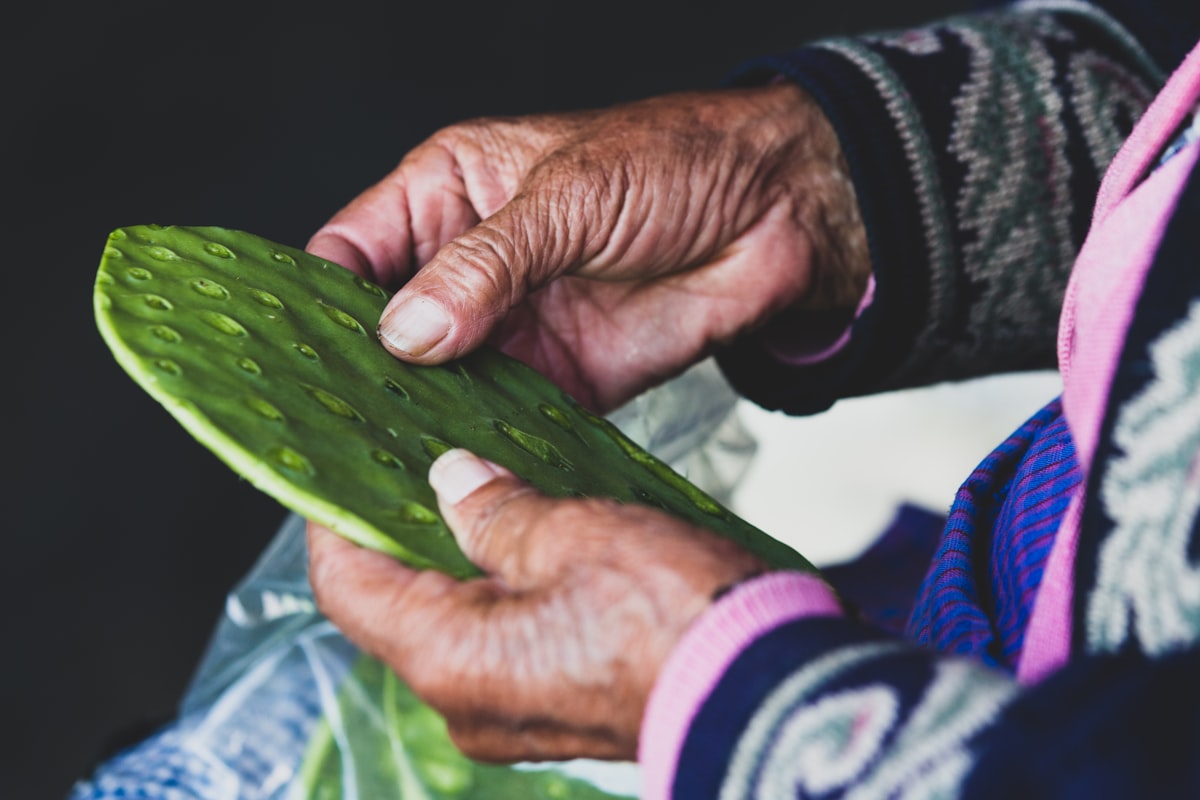The benefits of nopal cactus slime
Most of the nutritional difference between mucilage and the rest of the cacti is in the amount of soluble fiber, which is considerably higher in the slime. This fiber has been associated with the beneficial effects observed with its consumption.





